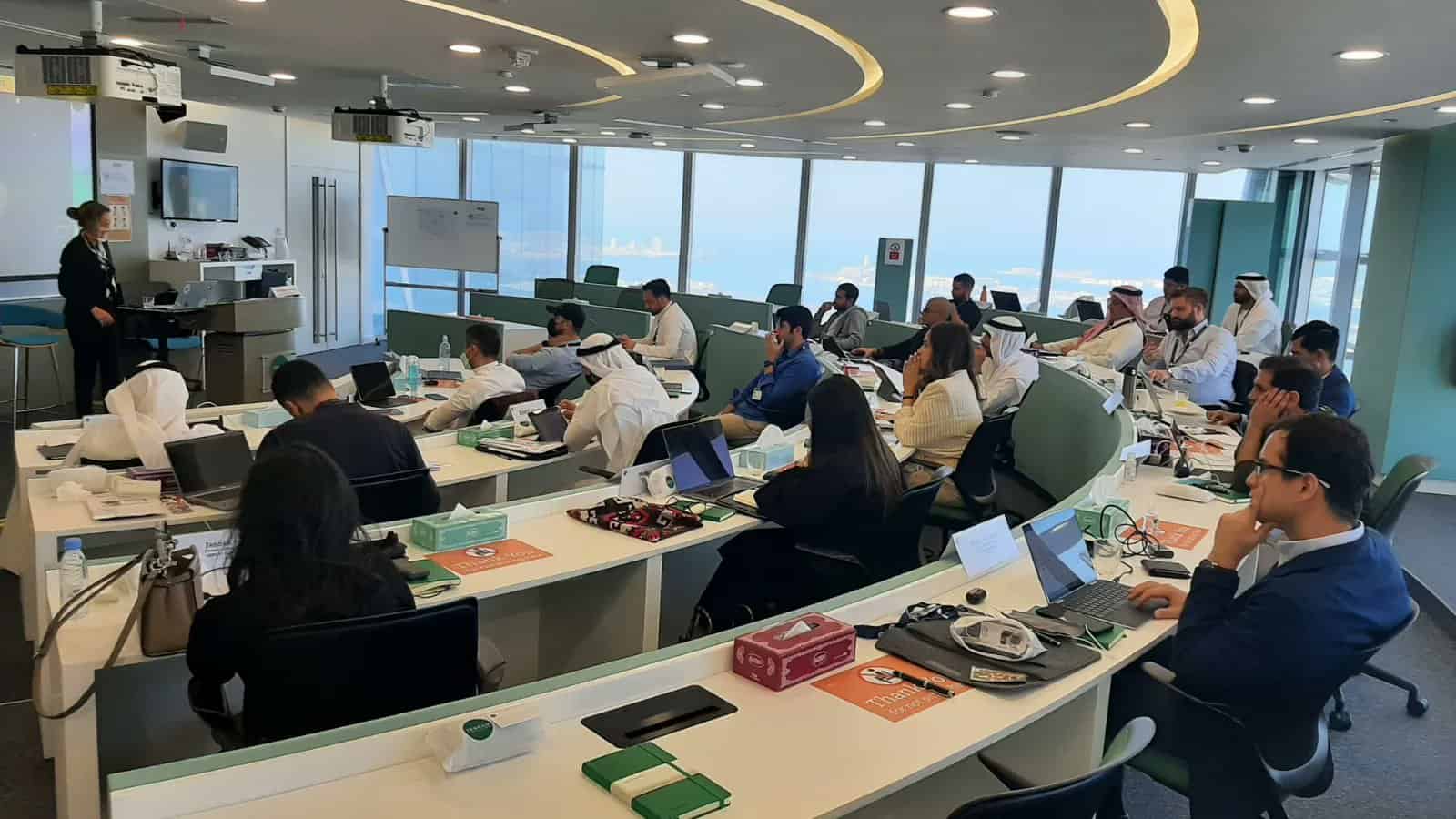David Rubenstein, the billionaire founder of private equity firm Carlyle Group, is often quoted as saying: “It’s clear to me when you do private equity well, you’re making companies more efficient and helping them grow and become more profitable.” And his firm has the track record to prove it. If one takes Rubenstein’s word for granted, shouldn’t every business owner follow the model that he so reveres?
In reality, private equity firms are a peculiar kind of owner. They live by a unique set of rules that differ meaningfully from those that apply to run-of-the-mill owners of private companies.
Typically, private equity firms are obliged to divest their acquisitions after about five to seven years from the date they make them. Profitability depends, to some degree, on their ability to time markets well, buying low and selling high. So, responding to market forces – exerted on the value of the shares of the companies they buy and sell, as opposed to the products of these companies – attracts a lot of their attention.
On the other hand, owners of privately held businesses are usually disinterested in such matters. They may aspire to retain control of their businesses for generations. Not just a few years. Since they are under no obligation to sell, they can ignore the market forces that influence the behavior of private equity firms.
This significant divergence in constraints and motivations suggests to some business owners that there isn’t much they can learn from private equity. However, certain aspects of the model may in fact offer serious benefits that should not be ignored. By shunning them, business owners may be throwing the baby with the bathwater so to speak.
Many successful private equity firms call themselves “active owners” (a concept alluded to in a previous article). Different firms may use different terminology, but the approach they adopt in dealing with the companies that they influence is broadly similar. Of course, this approach is completely separate from the effort to time the market mentioned earlier. Instead, it is a call for action upon which Rubenstein’s assertion – that private equity can make companies more profitable – rests. And it deserves serious consideration by owners of privately held businesses.
According to research conducted by McKinsey and Company involving leading private equity firms, “… outperformance by companies is clearly the heart of the way private equity firms create value” [The McKinsey Quarterly 2005 Number 1]. By adopting an active owner persona, private equity firms help their companies outperform their competitors. The well-known secret for fulfilling such aspirations is an intense focus on matters of strategy, organization and governance.
Private equity firms regularly update the overall strategy and plans of their portfolio companies. These plans are based on transparently shared accurate information about the business and a thorough understanding of the changes taking place in the environment where they operate. Close cooperation and candid interaction with management and competent experts are important prerequisites.
Strong management teams are at the top of the active owner’s agenda. Much effort is expended on selecting highly qualified professionals who are capable of executing the approved plans and provide them with substantial incentives to do so. They monitor management’s performance closely and hold them accountable for deviations from agreed metrics and KPIs.
They appoint non-executive board members with diverse views and expertise who can play a constructive role in overseeing the business’s operational activities. They listen to industry experts for the purpose of understanding the risks and opportunities that the business is facing at any given moment of time.
Importantly, successful private equity owners do not wait and hope for everything to go according to plan. They will have a Plan B in place to respond to performance screwups and changes in the business environment quickly and decisively.
By applying these general principles of active ownership effectively, private equity firms ensure that their companies outperform their competitors. There is no reason why owners of private companies cannot do the same. None of these aspects of the active ownership approach should come to them as a surprise.
The struggle does not usually lie in acknowledging the usefulness of this model. The evidence and logic supporting it are undoubtedly compelling. Often, the real challenge is in execution. When attempts at implementing these ideas in practice face setbacks, genuine aggravation and disillusionment can follow. After all, as the English poet William Wordsworth famously said, “thought and theory must precede all salutary action; yet action is nobler in itself than either thought or theory”.
Future articles will dig deeper into particular elements of the active ownership approach.
Khaled Sifri is a Partner at Stra-tical Associates, an advisory firm on a mission to support principals of complex organizations in shaping and managing their journeys of reinvention.
The opinions expressed are those of the author and may not reflect the editorial policy or an official position held by TRENDS.







